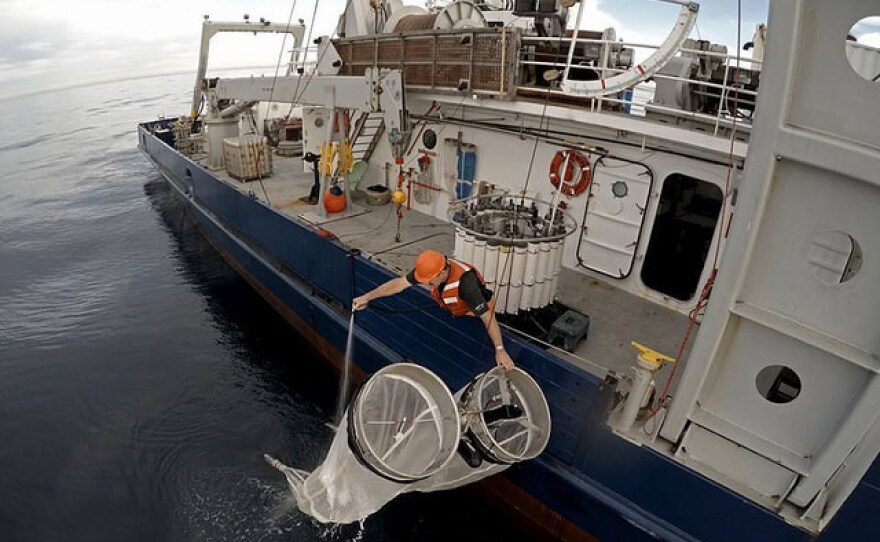The population of California fisheries has declined by more than 70 percent since 1970, according to a study released Thursday by the Scripps Institution of Oceanography at UC San Diego.
While the drop in the numbers of fish off the California coast has been known for years, the research quantifies the extent of the change.
Researchers combed through two distinct data sets — one from California Cooperative Oceanic Fisheries Investigations, which surveys oceanography and fisheries off the coast, and the other taken from power plant cooling water intakes at five sites along the state's coastline.
The CalCOFI data showed a 72 percent decline in overall larval fish abundance, while the waters near the power plant intakes had a 78 percent decline, according to the study published in this week's issued of Marine Ecology Progress Series.
"It is notable that these two very distinct data sets tell us that the larval fish populations collected by CalCOFI and near-shore fish species observed by PPI data are both declining at nearly the same rates," said Scripps researcher John McGowan.
Since CalCOFI and PPI surveys deal with mostly different types of fish, the results point to a more widespread cause of population declines than just commercial fishing or the presence of water intakes, the researchers said.
They concluded that long-term changes in the California Current ecosystem are the likely cause of the shrinking numbers of fish.
Fishes with an affinity for cool-water conditions, such as northern anchovy, Pacific hake, and several rockfish and midwater fish species, usually are among the most abundant in the ecosystem. Over the 30-year period, those species have declined most dramatically off Southern California, the researchers said.
Whether the change is due to a movement of cool-water species northward or an overall decline throughout the California Current is a key question for future investigation, they said.
"Changes in temperature, current or other factors do not cause day-to- day changes in fish populations, but over a period of time, these changes are observed and reinforce the hypothesis that the California Current is changing," McGowan said.
Tony Koslow of Scripps Oceanography said four decades of population decline, with no signs of reversal, reflects large-scale change in environmental conditions.
Eric Miller of MBC Applied Environmental Sciences of Costa Mesa also participated in the study.







